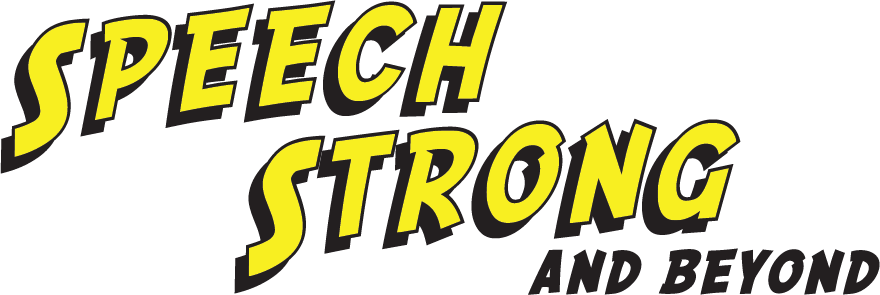FAQ
General
Master of Arts, Certificate of Clinical Competence in Speech-Language Pathology
The earlier the better! The quicker therapy begins, the quicker your child will improve his/her language, articulation, voice, and feeding/swallowing skills.
“This depends on many factors such as: severity of the disorder, student cooperation, motivation, and readiness to learn. Family involvement in implementing home practice is another significant factor. In general, children with receptive language problems (difficulty understanding language) tend to require longer courses of treatment, as do children with underlying neurocognitive impairments such as autism.”
Speech therapy is usually approved by your insurance provider for 3 to 6 months. If your child continues to require therapy, a new authorization request for speech therapy will be made to your insurance provider. Your child will be discharged from speech therapy once their goals are met or they have reached their maximum potential.
Source: http://www.speechpathologygroup.com/html/clinic/faqs.html#2
We are currently accepting most private insurance (call or email to verify coverage).
Each payment source is structured differently in terms of the amounts and services they will cover. Private Insurance may require pre-authorization and may limit the number and type of visits that Speech Strong can provide. Many insurance companies have deductibles, co-pays or patient percentages for which you will be financially responsible.
Speech Strong accepts private payment for any of the services provided.
Speech therapy helps improve articulation, voice, auditory comprehension, expressive communication, and swallowing/feeding deficits.
Please see our developmental milestone chart found in our “Resources” section to identify if your child’s speech or language warrants further testing.
Feeding/Swallowing
Swallowing problems/deficit is also known as dysphagia. Signs and symptoms of dysphagia include:
- coughing or choking with swallowing-difficulty initiating swallow
- food sticking in the throat
- drooling or spillage
- unexplained weight loss
- change in dietary habits
- nasal regurgitation
- wet vocal quality after swallow
- long feeding times (longer than 30 minutes)
- recurring pneumonia or respiratory infections
- less than normal weight gain or growth
Source: http://www.asha.org/public/speech/swallowing/feeding-and-swallowing-disorders-in-children/
The phrase oral aversion describes the avoidance or fear of eating, drinking, or accepting sensation in or around the mouth (ex. tooth brushing or face-washing). A typically developing child learns that eating and drinking are fun and positive experiences. A child with an oral aversion has somehow learned that eating and/or drinking is uncomfortable, unpleasant or causes anxiety.
Source: http://www.thefeedingfamily.com/5/post/2011/3/what-is-oral-aversion.html
Stimulation (NMES).
VitalStim has been found to:
- Be safe and effective for patients
- Accelerate the recovery time from a restricted diet
- Help patients achieve sustained improvement and long term results
Source: http://www.vitalstim.com/
Disorders
A voice disorder is the difference in quality, pitch, or loudness from others of the same age, sex, cultural background, and geographic location. Different types of voice disorders include:
- Vocal Fold Nodules and Polyps
- Vocal Fold Paralysis
- Paradoxical Vocal Fold Movement
- Spasmodic Dysphonia
Source:http://www.asha.org/public/speech/disorders/voice.htm
An articulation deficit is the inability to produce speech sounds and/or speech sound sequences that are age appropriate.
“Young children often make speech errors. For instance, many young children sound like they are making a ‘w’ sound for an ‘r’ sound (e.g., ‘wabbit’ for ‘rabbit’) or may leave sounds out of words, such as ‘nana’ for ‘banana.’ The child may have an articulation disorder if these errors continue past the expected age.”
Source: http://www.asha.org/public/speech/disorders/speechsounddisorders.htm
Also see “Resources” for age appropriate sounds
Phonological processes are predictable pronunciation errors children make as they are learning to talk like adults. “While it is common for young children learning speech to leave one of the sounds out of the word, it is not expected as a child gets older.” See “Resources” for ages at which phonological processes should disappear.
Source: http://www.asha.org/public/speech/disorders/speechsounddisorders.htm#signs_phon
“The ability to organize sensory information for use, results in perception and … synthesis of sensory data that enables man to interact effectively with the environment.” – A. Jean Ayres, 1972
Sources:
A language disorder may involve problems with auditory comprehension and/or expressive communication. Language is composed of pragmatics (social interactions), semantics (meaning of words), syntax (grammar), morphology (word structure), and phonology (sounds in language). Please see “Resources” for appropriate development of language.
